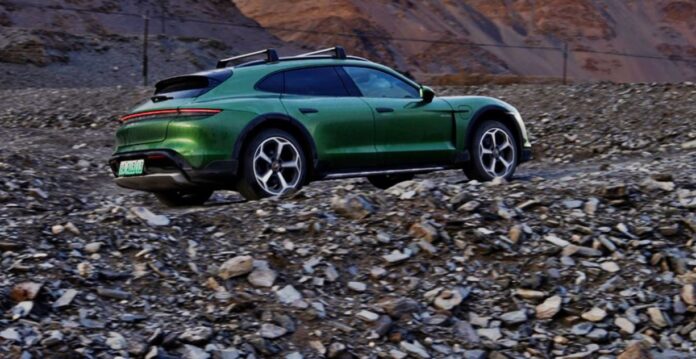Ever since Porsche introduced its first fully electric model, the Taycan, it’s been supporting or reporting on records being set by the sportscar. Being an electric car, there are naturally many opportunities to set records or break existing ones that were set with the old generation of electric cars.
Indoors and outdoors, endurance and speed, agility and performance have all been proven with numerous records since the model was introduced in 2019. For example, endurance and speed were demonstrated when a Taycan travelled 1,845 kms from Thailand to Singapore in July in 29 hours and 15 minutes.
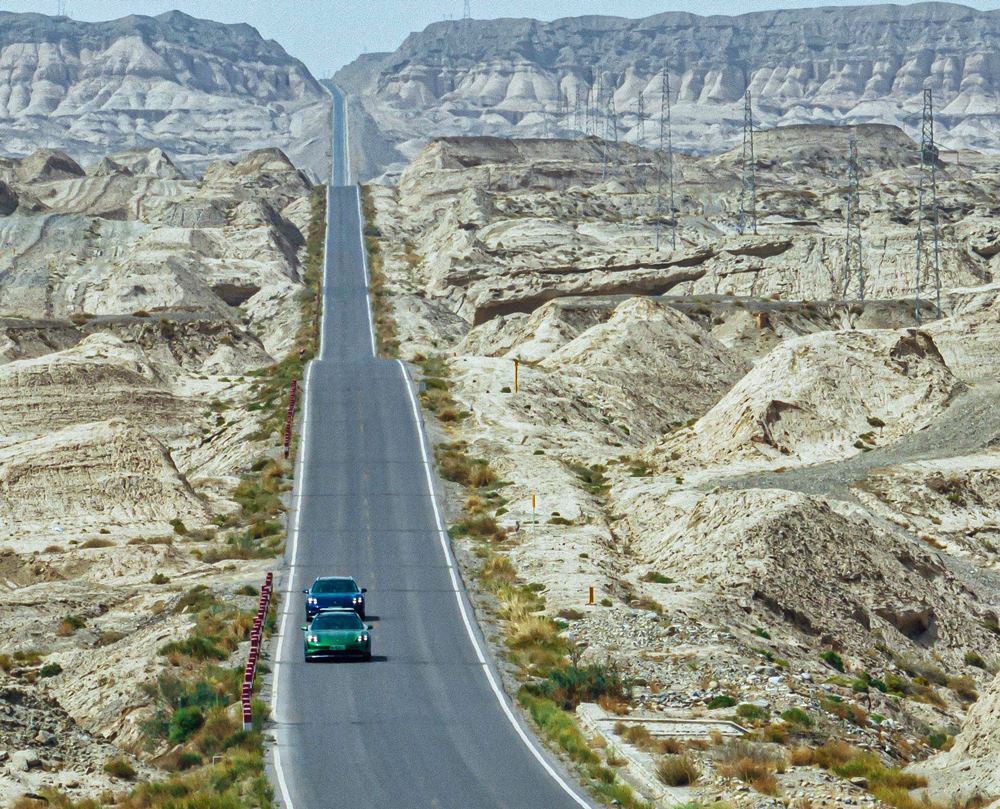
Being a Porsche, setting or breaking records is not new but being an electric car does also demonstrate that such vehicles are also as capable as their counterparts with combustion engines. And they can set the records without using a drop of fossil fuel too.
Record set in January 2022 beaten
Recently, Porsche could add another Taycan record, this being set in China. Accepted for listing in Guinness World Record book, the Taycan achieved an altitude change of 5,573.979 metres. This was even more than the 4,842.967 metres achieved in January 2022 by a team in America.
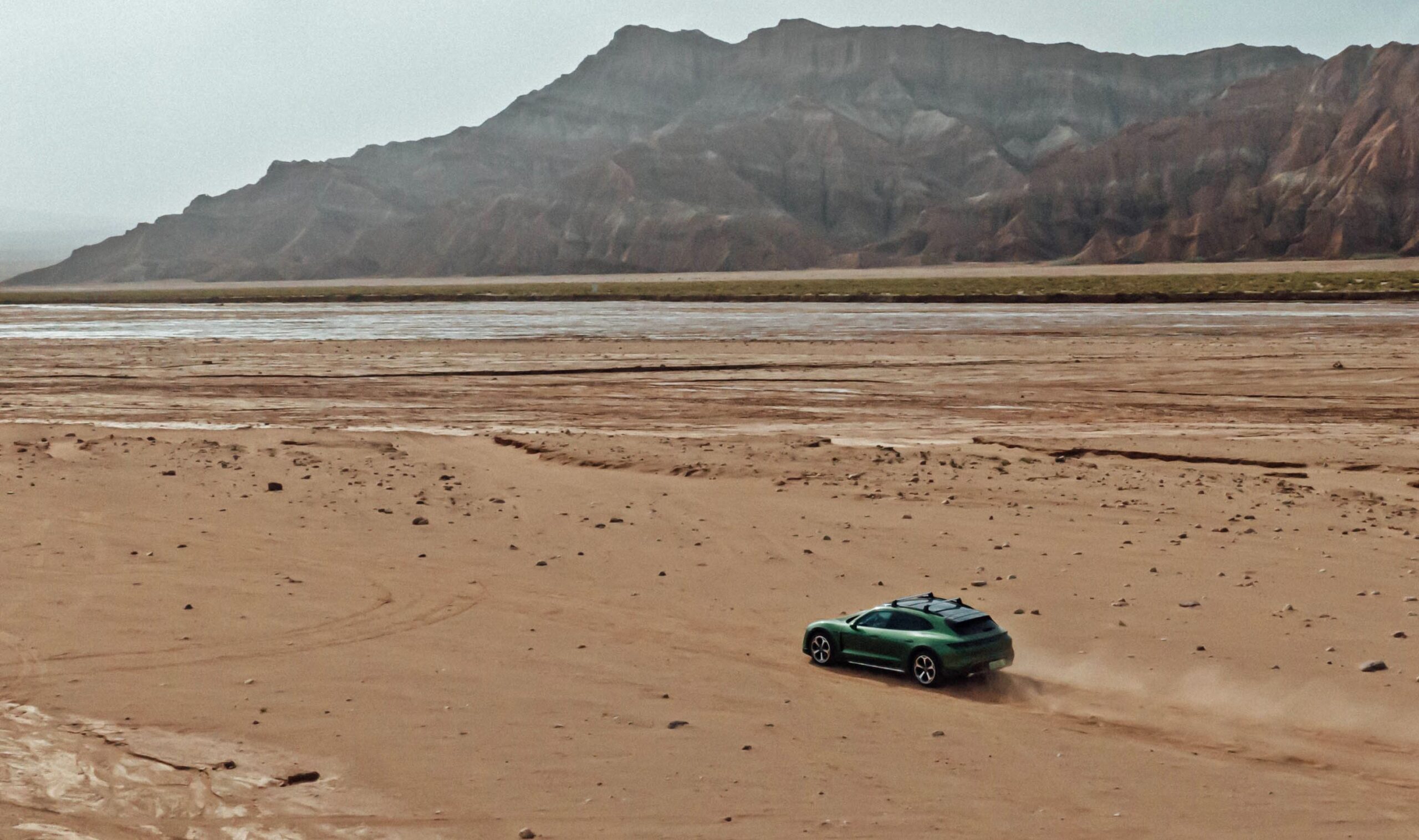
Like the American record, a Taycan Cross Turismo was used and covered 2,783 kms from the lowest natural point in China to the top of one of the world’s highest national highways. The 10-day challenge began at Ayding Lake, at an altitude of 218.845 metres below sea level, and ended with the Porsche SUV parked at the summit of Hongtu Daban, 5,355.134 metres above sea level.
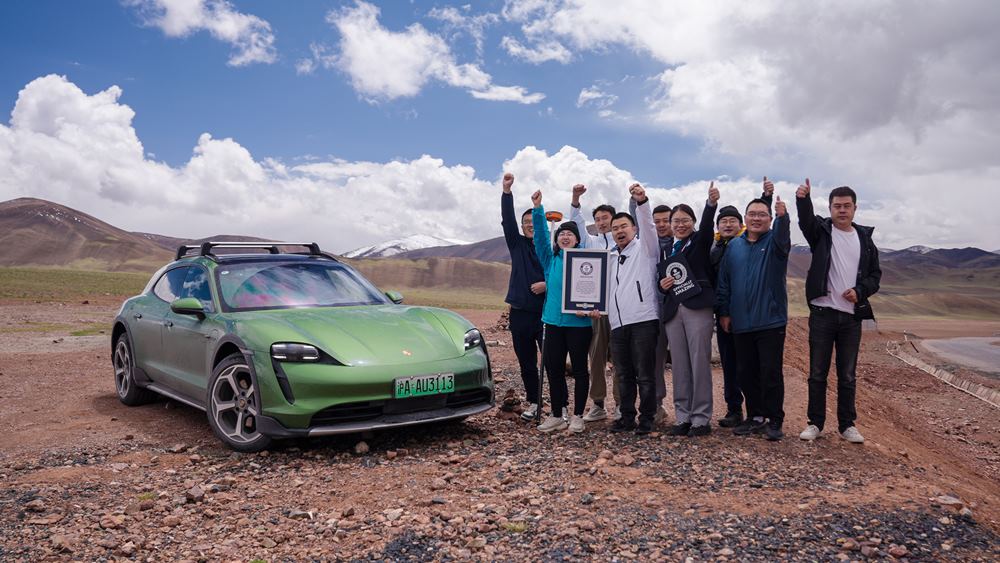
Extreme conditions
The Xinjiang-Tibet route features desolate regions that challenge the very limits of survival, with extreme weather combining with complex and changing terrain and road conditions. With many predictable – and unpredictable – risks along the way, the journey tested the Taycan Cross Turismo’s off-road capabilities, long-distance comfort and reliability.
The record-breaking change in altitude brought with it significant changes in temperature, air pressure, geological conditions and other surprises from the natural world. Surface temperatures went from 70°C to frozen, icy roads across the rugged Chinese countryside.
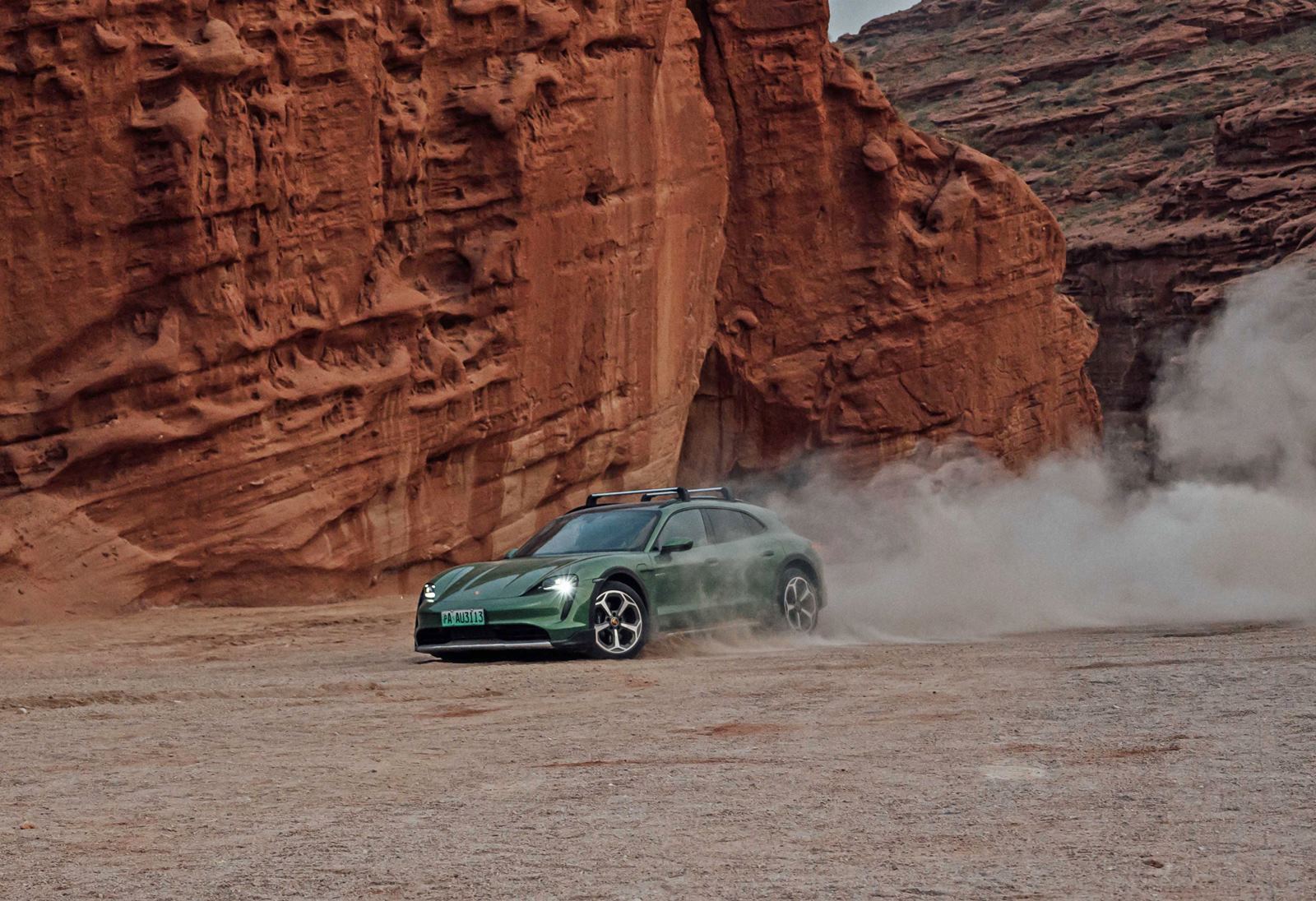
The route was not all smooth highway and there were sections of treacherous dirt and gravel roads that were filled with potholes. The cars’ chassis systems and power units coped well, enabling the two Taycan Cross Turismos to traverse the different terrain safely. Gravel Mode was helpful over the loose ground.
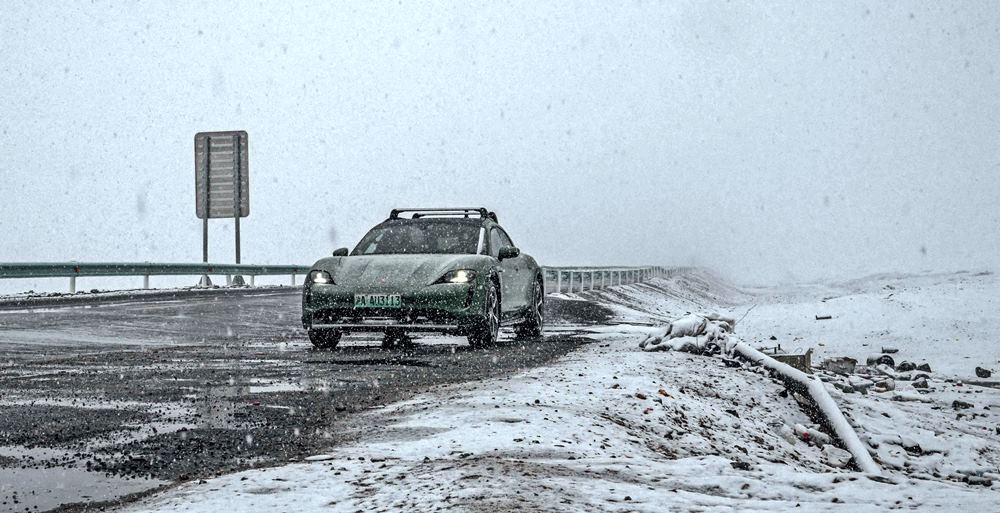
Energy management important
On long journeys, a realistic range value on the display is worth more than a figure that’s simply high. This proved especially true on the plateau, where the weather can change in the blink of an eye. The cars travelled through all 4 seasons of the year during the 10 days.
Real-time monitoring of the factors affecting internal and external power consumption provided a practical basis for the team to plan ahead and move on to the next charging point with confidence.

This was especially crucial along the energy-sapping, hilly terrain of the G219. Here, the 2-speed transmission proved its worth, ensuring the motor in the Taycan Cross Turismo remained in an efficient operating range whether overtaking or driving continuously at high speeds. This made a positive impact on energy consumption.
Energy recuperation
Even more surprisingly, when the challenge team drove the vehicles over a pass with an altitude of more than 4,000 metres, the range gradually increased. This was due to the energy recuperation capability which started on the long descent. Up to 275 kW could be recovered from energy that would have been ‘lost’, helping the vehicles to go further.
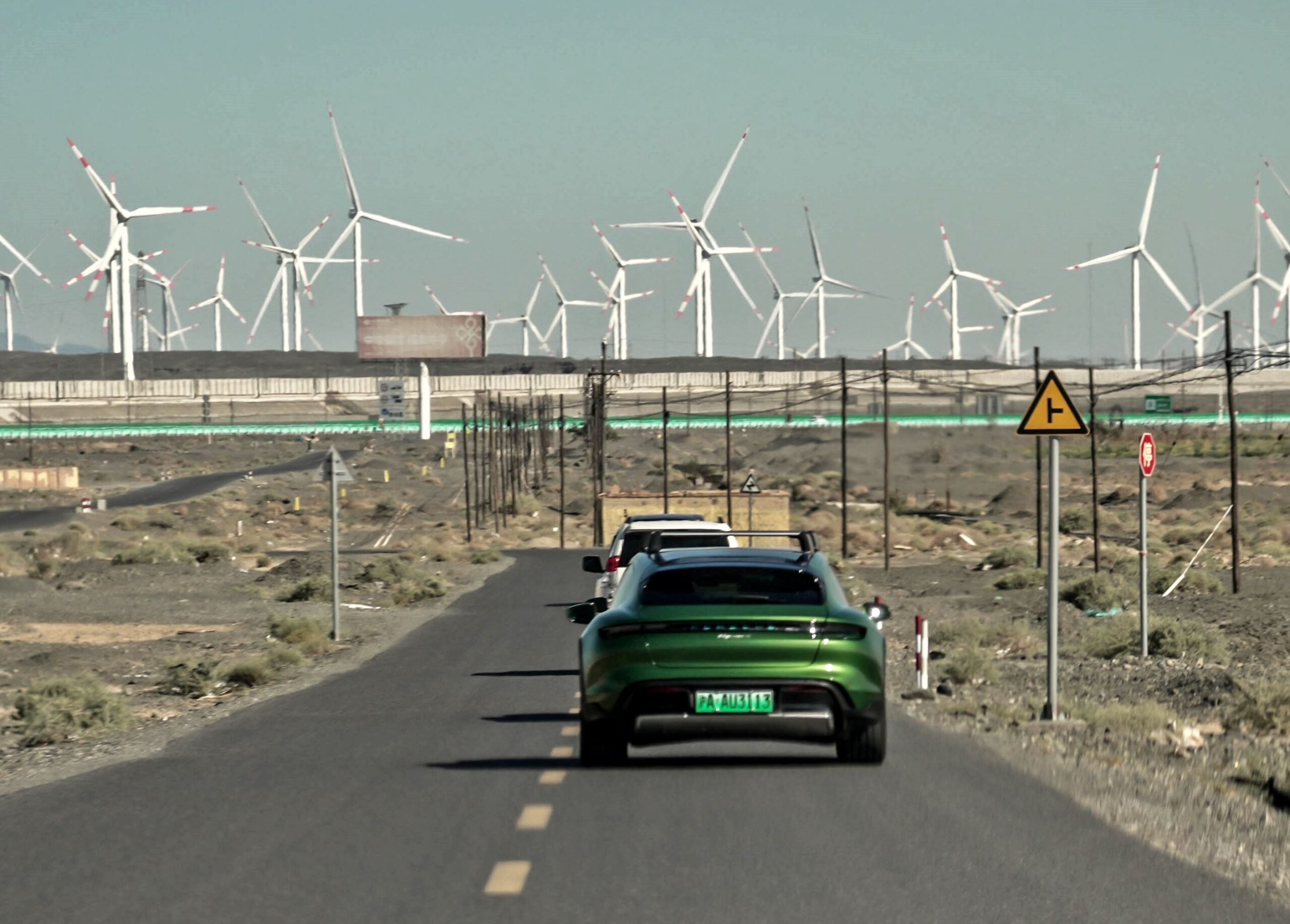
Thermal management and chassis tuning
The Xinjiang-Tibet route not only presents geographical challenges, but also a less than ideal charging environment. The various DC and AC charging points along the way vary from 120 kW to 22 kW. With Porsche’s 800 V architecture, the Taycan Cross Turismo was able to charge at the upper limit of the power output of these charging points and operate efficiently during the so-called ‘trickle charge’ time at a later stage, reducing the overall charging time.


